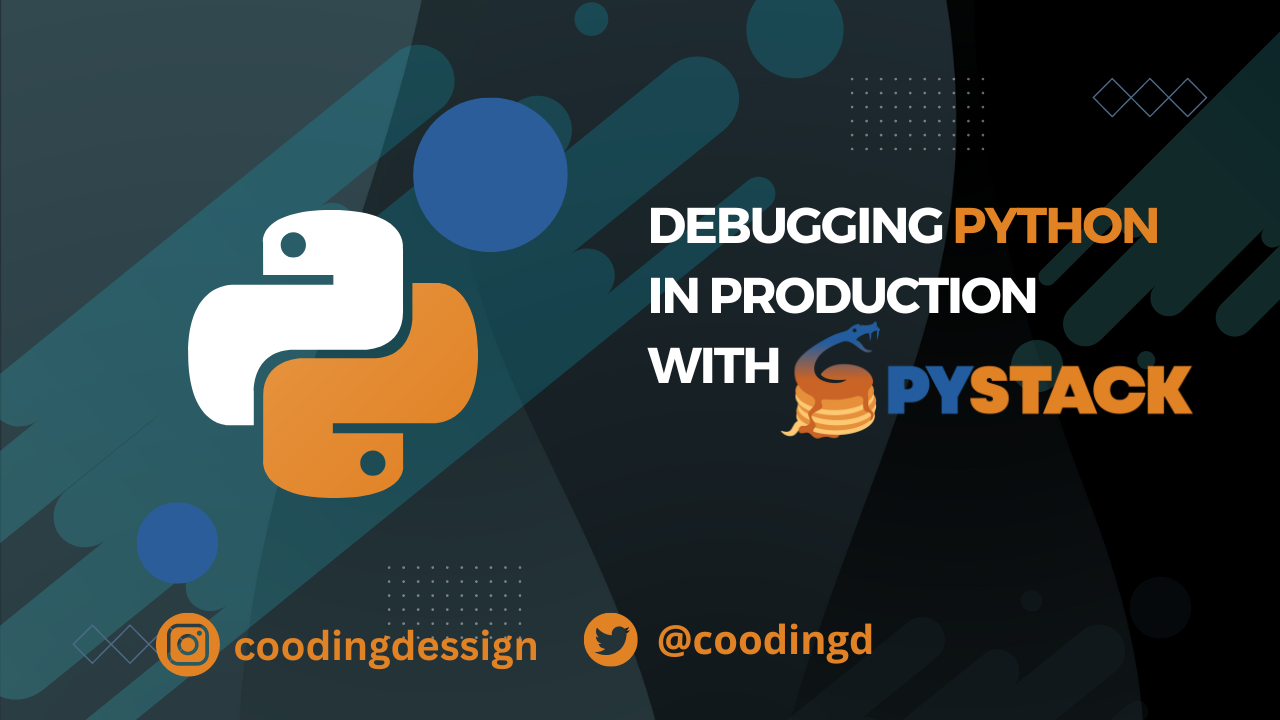>>>>>> print(users)
[{'id': 1, 'name': 'Leanne Graham', 'username': 'Bret', 'email': '[email protected]', 'address': {'street': 'Kulas Light', 'suite': 'Apt. 556', 'city': 'Gwenborough', 'zipcode': '92998-3874', 'geo': {'lat': '-37.3159', 'lng': '81.1496'}}, 'phone': '1-770-736-8031 x56442', 'website': 'hildegard.org', 'company': {'name': 'Romaguera-Crona', 'catchPhrase': 'Multi-layered client-server neural-net', 'bs': 'harness real-time e-markets'}}, {'id': 2, 'name': 'Ervin Howell', 'username': 'Antonette', 'email': '[email protected]', 'address': {'street': 'Victor Plains', 'suite': 'Suite 879', 'city': 'Wisokyburgh', 'zipcode': '90566-7771', 'geo': {'lat': '-43.9509', 'lng': '-34.4618'}}, 'phone': '010-692-6593 x09125', 'website': 'anastasia.net', 'company': {'name': 'Deckow-Crist', 'catchPhrase': 'Proactive didactic contingency', 'bs': 'synergize scalable supply-chains'}}, {'id': 3, 'name': 'Clementine Bauch', 'username': 'Samantha', 'email': '[email protected]', 'address': {'street': 'Douglas Extension', 'suite': 'Suite 847', 'city': 'McKenziehaven', 'zipcode': '59590-4157', 'geo': {'lat': '-68.6102', 'lng': '-47.0653'}}, 'phone': '1-463-123-4447', 'website': 'ramiro.info', 'company': {'name': 'Romaguera-Jacobson', 'catchPhrase': 'Face to face bifurcated interface', 'bs': 'e-enable strategic applications'}}, {'id': 4, 'name': 'Patricia Lebsack', 'username': 'Karianne', 'email': '[email protected]', 'address': {'street': 'Hoeger Mall', 'suite': 'Apt. 692', 'city': 'South Elvis', 'zipcode': '53919-4257', 'geo': {'lat': '29.4572', 'lng': '-164.2990'}}, 'phone': '493-170-9623 x156', 'website': 'kale.biz', 'company': {'name': 'Robel-Corkery', 'catchPhrase': 'Multi-tiered zero tolerance productivity', 'bs': 'transition cutting-edge web services'}}, {'id': 5, 'name': 'Chelsey Dietrich', 'username': 'Kamren', 'email': '[email protected]', 'address': {'street': 'Skiles Walks', 'suite': 'Suite 351', 'city': 'Roscoeview', 'zipcode': '33263', 'geo': {'lat': '-31.8129', 'lng': '62.5342'}}, 'phone': '(254)954-1289', 'website': 'demarco.info', 'company': {'name': 'Keebler LLC', 'catchPhrase': 'User-centric fault-tolerant solution', 'bs': 'revolutionize end-to-end systems'}}, {'id': 6, 'name': 'Mrs. Dennis Schulist', 'username': 'Leopoldo_Corkery', 'email': '[email protected]', 'address': {'street': 'Norberto Crossing', 'suite': 'Apt. 950', 'city': 'South Christy', 'zipcode': '23505-1337', 'geo': {'lat': '-71.4197', 'lng': '71.7478'}}, 'phone': '1-477-935-8478 x6430', 'website': 'ola.org', 'company': {'name': 'Considine-Lockman', 'catchPhrase': 'Synchronised bottom-line interface', 'bs': 'e-enable innovative applications'}}, {'id': 7, 'name': 'Kurtis Weissnat', 'username': 'Elwyn.Skiles', 'email': '[email protected]', 'address': {'street': 'Rex Trail', 'suite': 'Suite 280', 'city': 'Howemouth', 'zipcode': '58804-1099', 'geo': {'lat': '24.8918', 'lng': '21.8984'}}, 'phone': '210.067.6132', 'website': 'elvis.io', 'company': {'name': 'Johns Group', 'catchPhrase': 'Configurable multimedia task-force', 'bs': 'generate enterprise e-tailers'}}, {'id': 8, 'name': 'Nicholas Runolfsdottir V', 'username': 'Maxime_Nienow', 'email': '[email protected]', 'address': {'street': 'Ellsworth Summit', 'suite': 'Suite 729', 'city': 'Aliyaview', 'zipcode': '45169', 'geo': {'lat': '-14.3990', 'lng': '-120.7677'}}, 'phone': '586.493.6943 x140', 'website': 'jacynthe.com', 'company': {'name': 'Abernathy Group', 'catchPhrase': 'Implemented secondary concept', 'bs': 'e-enable extensible e-tailers'}}, {'id': 9, 'name': 'Glenna Reichert', 'username': 'Delphine', 'email': '[email protected]', 'address': {'street': 'Dayna Park', 'suite': 'Suite 449', 'city': 'Bartholomebury', 'zipcode': '76495-3109', 'geo': {'lat': '24.6463', 'lng': '-168.8889'}}, 'phone': '(775)976-6794 x41206', 'website': 'conrad.com', 'company': {'name': 'Yost and Sons', 'catchPhrase': 'Switchable contextually-based project', 'bs': 'aggregate real-time technologies'}}, {'id': 10, 'name': 'Clementina DuBuque', 'username': 'Moriah.Stanton', 'email': '[email protected]', 'address': {'street': 'Kattie Turnpike', 'suite': 'Suite 198', 'city': 'Lebsackbury', 'zipcode': '31428-2261', 'geo': {'lat': '-38.2386', 'lng': '57.2232'}}, 'phone': '024-648-3804', 'website': 'ambrose.net', 'company': {'name': 'Hoeger LLC', 'catchPhrase': 'Centralized empowering task-force', 'bs': 'target end-to-end models'}}]
Oh dear! One huge line with no newlines.
Depending on your console settings,
this might appear as one very long line.
Alternatively, your console output might have its word-wrapping mode on,
which is the most common situation.
Unfortunately, that doesn’t make the output much friendlier!
If you look at the first and last characters,
you can see that this appears to be a list.
You might be tempted to start writing a loop
to print the items:
Sure, you could write a
function that uses recursion
to find a way to print everything.
Unfortunately, you’ll likely run into some edge cases where this won’t work.
You might even find yourself writing a whole module of functions
just to get to grips with the structure of the data!







